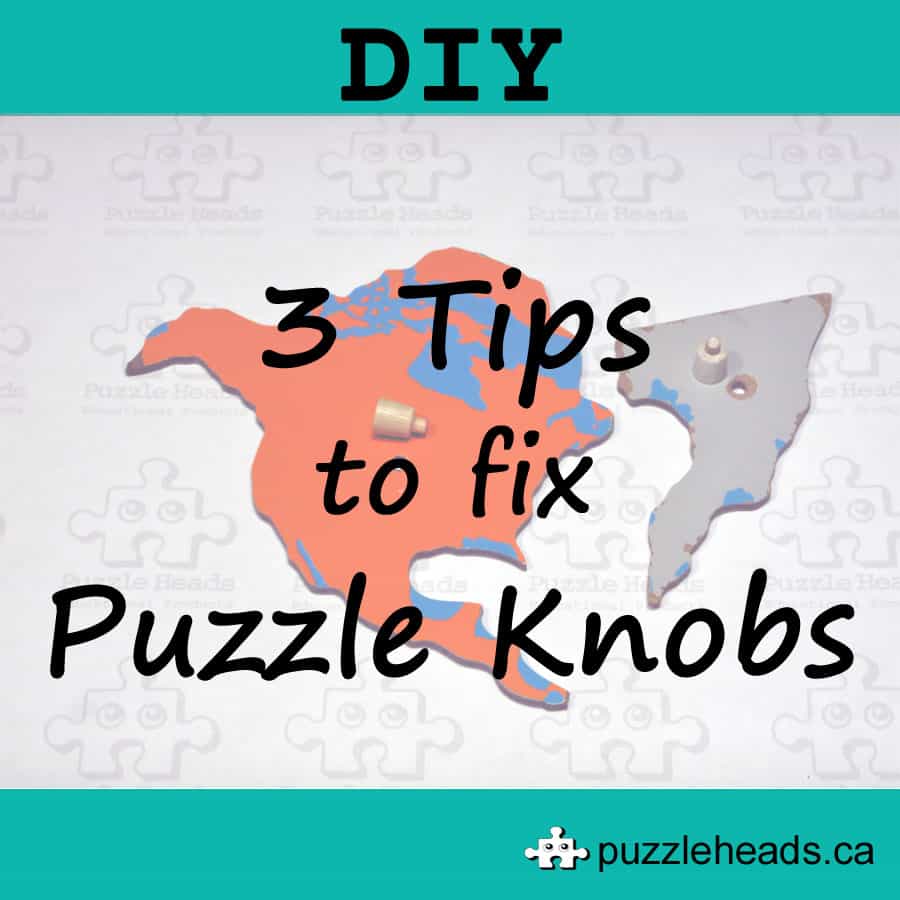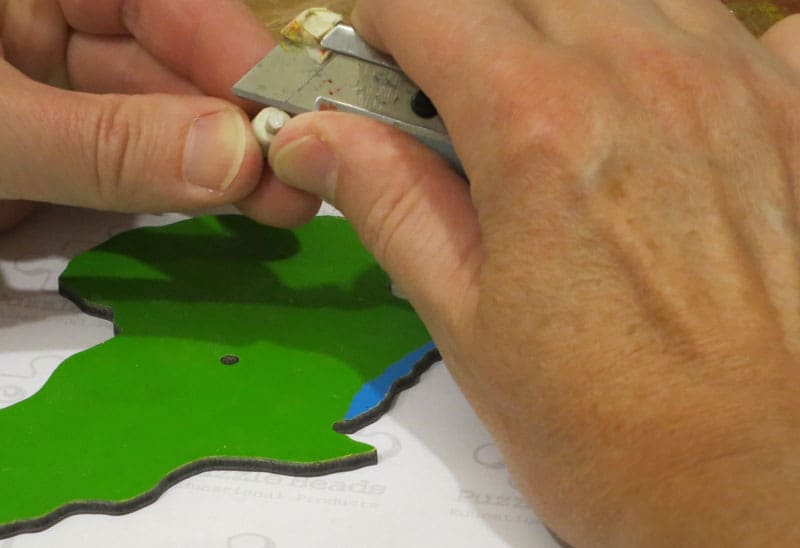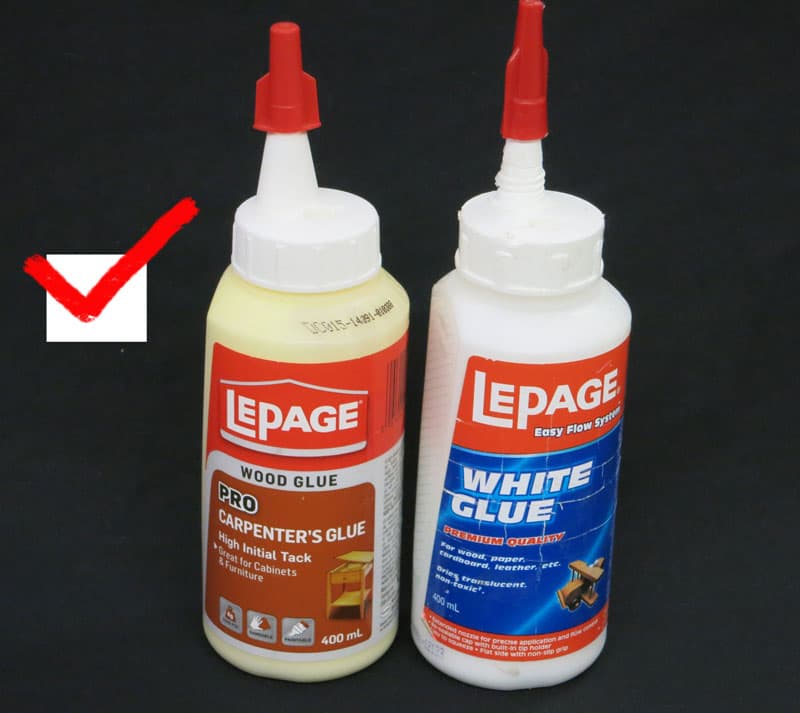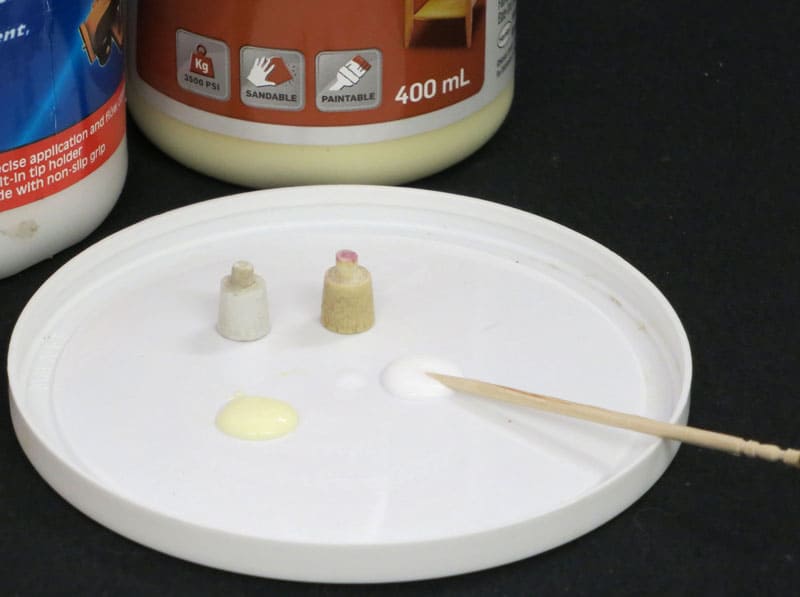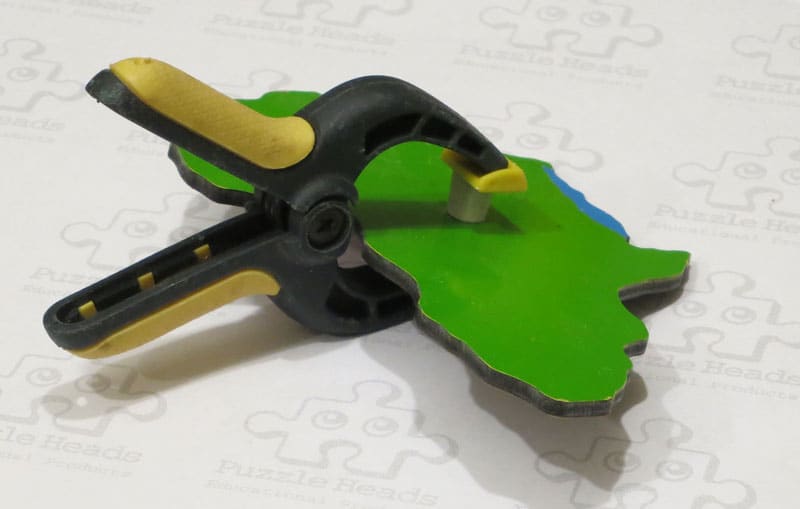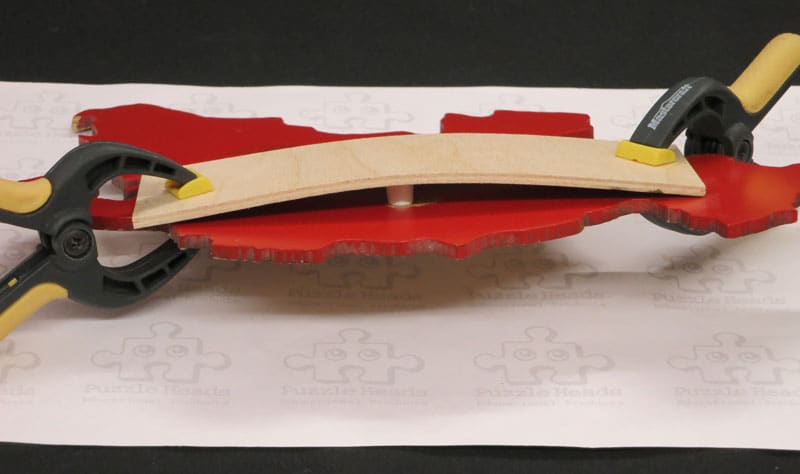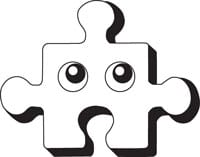Are lost, loose or broken puzzle knobs the bane of your day? How did another one fall off yet again?? Fear not, a little maintenance and properly reattaching the knobs is all that is needed. The key word here of course is – properly. Now that school is drawing to a close for the summer and classroom cleanup has begun, it’s the perfect time to inspect the knobs on all your puzzles. After making sure broken chairs are replaced, shelves are dusted and repaired, loose coat hooks screwed back in and everything is swept and wiped clean, don’t overlook the humble puzzle knobs!
Step 1 – Maintenance
Take out each puzzle and give a quick twist to each knob on each piece to see if it is loose. This will literally take anywhere from a few seconds to less than 30 seconds depending on the number of pieces. Don’t forget to check all the cabinets – Botany, Zoology, Geometry, Geography etc. Put aside any puzzles that have loose or missing knobs.
Step 2 – Prepare the Knobs
Use an exacto knife to clear away any old glue residue from the shoulders of the knob. Scrape any glue residue off from around the knob hole on the top side of the puzzle piece carefully too. You want the knob shoulders to make contact with the puzzle piece and lie flat against it for best adhesion, so the bond is not just relying on a spot of glue inside the hole around the post.
Sand the post of the knob with medium roughness sandpaper, try 120 or 180 grit, to remove any glue residue from there as well. Once it looks mostly clean, no need to sand any further or else you may whittle away the post and make it even thinner (and looser in the hole). If you are using brand new knobs, sand the posts lightly as well to roughen them up and remove some of the painted surface to help the glue adhere properly.
Check the fit of the knob in the hole. You’ll want it to slide in and out easily. If you have to force or twist it in, it is too tight. Sand the post a little more. If the fit is too tight there won’t be enough room for the glue to do its job. Water based glue like white glue makes the wood expand a little, which is good for adhesion, so you want there to be room for that to happen.
If you have plastic knobs, know that plastic and wood will never make a solid bond. However, you can improve the odds by sanding the post of the plastic knob with the 120 grit sandpaper to give it a rougher surface for the glue to grip.
Step 3 – Glue the Knobs
Please, please, please choose your glue carefully! Just say No to hot glue, silicone based glues, Gorilla glue, Elmer’s glue and that tube you found at the back of the drawer.
Your best option is white glue or carpenter’s glue (like white glue but yellowish and a bit thicker).
Squeeze some glue onto a plastic lid and either dip the knob post into it or apply a little with a toothpick, making sure you dab some on the knob shoulders.
Put the knob in the puzzle piece and press down. You should get a little squeeze out, so you know there’s enough glue, but if a lot squeezes out you can scrape it away with the toothpick. Some glue will come out through the bottom, just wipe it away with your finger. The white glue will dry clear, so a little squeeze out is OK. The carpenter’s glue will be a little yellowish when dry, so you may want to clean away more of that one. Use a small clamp to hold the knob in place securely while it dries. You don’t need to clamp it for long, maybe 30 minutes, in case you only have a few clamps to use.
If your clamp can’t reach the knob use a thin scrap piece of wood over top and clamp the ends of the wood down on either side to put downward pressure on the knob.
Wood expands and contracts with the elements and seasons so puzzle knobs will continue to loosen over time, it’s just a fact of life. The same way that darn chair leg keeps getting wiggly even though you’ve fixed it several times already.
A little maintenance and TLC with puzzle knobs will make your fixes last longer and you’ll have fewer to do each year.
Good luck!


